Ensuring Pool Safety for Children with Autism
As we mark Autism Awareness Month, our focus turns to a topic of critical importance for families and communities: pool safety for children with...
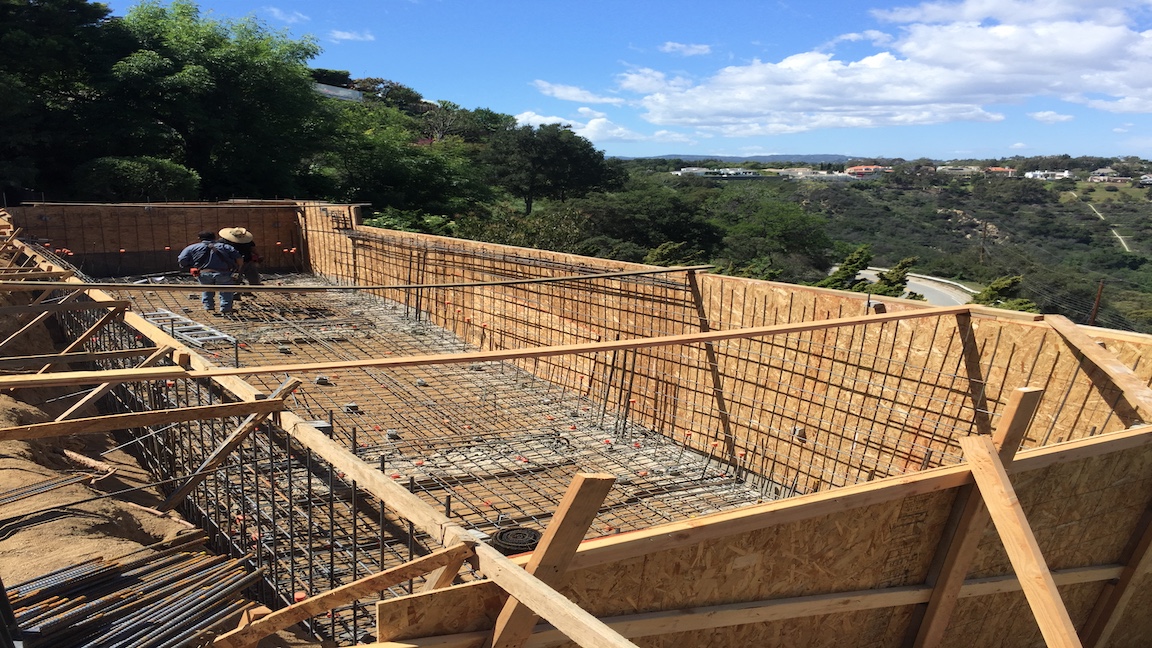
Hindsight is 20/20, but trial and error is too costly in both time and money when we’re talking about investing in a concrete pool. Why learn the hard way when you don’t have to?
You must understand how various factors impact the construction, cost, and timeline of your concrete pool installation. When you’re well-versed in the red flags to scope out, you can have confidence in the contractor you’ve carefully chosen.
Imagine you've just flipped the switch to retract your automatic cover for the first time since the beginning of the season. You’re ready to dive head-first into the pool, and your kids are bouncing around the house in anticipation. Lo and behold, you see a crack at the bottom of the pool. You're looking at a very costly repair and no swimming for the kids- a quick google search lets you know that the company you used is out of business after it was found that they used subpar concrete binder and there is no recourse.
At J Designs Pool and Spa, we have over 15 years of experience in constructing concrete pools all across California. Although we are strong advocates of concrete pools, our first allegiance is to our customers.
We are with you and for you, and as such, are going to be radically transparent about the problems linked to concrete pool construction.
Let’s start at the ground level. Literally. To properly design a pool’s structure, the soil on which you will put the pool needs to be thoroughly examined.
Soil type needs to be the main factor that determines the design of the pool. A lack of knowledge about the specific ground conditions will open you up to serious issues post-construction. One thing to look for is a high water table base. This means that the ground underneath the pool is highly saturated with water. Possible ramifications of leaving this unresolved include damage to the piping systems and cracks in the pool shell. A high water table base in the ground under the pool can be resolved by installing a well pit or a sump pump– the well pit will show you when excess groundwater is present, and the sump pump will pump the water away from the pool.
Droughts, which are common here in California, can cause overly dry soil. When the soil lacks moisture, it shrinks and shrivels up like a dry sponge-leaving air pockets that compromise the pool’s support. Similarly, horizontal Earth pressure is a force to be reckoned with. In a new construction site, the soil is often new and loose. If the soil is not properly compacted, it won’t properly support the pool structure. A pool contractor needs to work closely with a structural engineer and a soil engineer to ensure the strength of the pool’s structure.
Additionally, the installation of the pool needs to be installed on an even, uniform plain. The pool itself cannot be embedded on two different types of terrain (for example half soil, half clay). If the installation is not set on an evenly distributed surface, then even a small tremor can cause the foundation to shift. Rain can cause a similar issue in uneven terrain: excessive rain can cause the soil to expand, which will also cause a shift. This shift can lead to a crack in the pool’s shell, damaging the structural integrity and leaving your pool highly vulnerable to leaks.
Many variables can negatively affect the construction of your pool, but two common issues revolve around improper concrete and tile installation.
Concrete is rock solid, but improper concrete installation is a very delicate matter that can give way to issues down the road. Context matters and it matters even more when it comes to your pool construction plan.
Weather is a major factor that pool contractors have to account for. Concrete expands and shrinks depending on the weather conditions. If the concrete (shotcrete) was improperly installed or placed, the concrete becomes even more vulnerable to cracking or cold joints when the expanding and shrinking happens. A major crack in the pool’s shell can lead to an entire excavation of the pool, both a costly and timely consequence. Hence, context matters.
Likewise, poor concrete mixing can cause a problematic ripple effect for your tiles.
Essentially, if the mix used for the concrete is too wet, the surface meant to hold the tile will not be strong enough. The same goes for the bonding material used to set the tile. If the bonding material is weak or thin-set, then the tile will fall off over time.
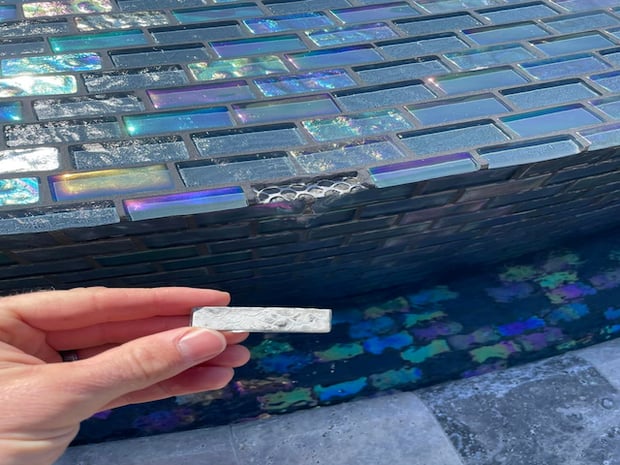
The problem with improper tile installation is that the tiles become more prone to cracking. When the substrate, which is the surface where tiles are mounted, is improperly installed, it will crack. Once the substrate cracks, the tiles tend to follow suit. This unfortunate series of events can force you to resurface your entire pool. The downward spiral of improper installation also leads to delamination.
When the tile delaminates, it loses its protective finish and durability. The delamination is caused by water seeping and reaching behind the tiles. The more water soaks in, the more likely mold or mildew can form. Aside from the potential health hazard, the water seeping in will also increase the chance of the tiles falling off.
Many industries don’t have a standard, and unfortunately, the swimming pool industry is no different.
Although the industry is regulated by the International Building Code, many tradesmen often stick with outdated construction techniques that cause serious (and expensive) problems in the long run. Poor craftsmanship and cutting corners will inevitably lead to failure.
Proper planning on the front end is essential to the long-term durability of the pool. At the core of this intensive planning is a top-tier pool contractor that also acts as your designated risk manager. Invasive, costly renovations can typically be tracked down to one common denominator: a contractor that did not take the time to properly install the steel, electric, or plumbing.
Additionally, a trustworthy pool contractor must be well-versed in working alongside structural engineers; the engineering blueprint is only as solid as the contractor that brings it to life.
There are many moving parts and confusing steps in this process. If you’re looking to install a pool in the next few months, review this video to see the timelapse of the construction process from start to finish.
The proof is in the pudding… except when it comes to plaster. In this case, the quality of your pool’s plaster largely depends on its mixture.
The purpose of a plaster finish is to provide a glazed aesthetic appeal and make the pool surface smooth. The finish itself is a mixture of white sand, white cement, and various types of aggregates. When the mixture’s ratio is off, the plaster deteriorates prematurely.
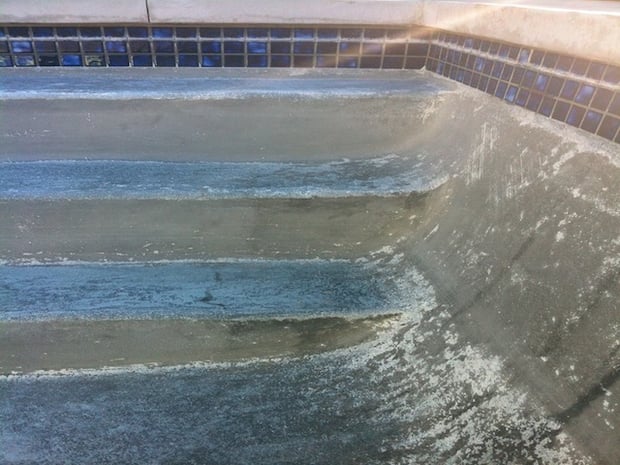
It’s recommended to use aggregates in the ratio of 1.5-1.75 to 1 part of cement. Using excess cement causes cracking, while excess aggregates reduce the durability of the overall mix. The National Plaster Council (NPC) recommends a maximum water-cement ratio of 0.46. This ratio withstands exposure to mild acids, increases density, and reduces porosity, and shrinkage.
Additionally, the plaster process requires professionally trained crews to ensure the installation is done correctly. For example, the plaster needs to be mixed thoroughly, but for no longer than 90 minutes. If the plaster has been mixed for 90 minutes, the batch should be discarded. Prior to agreeing upon a construction blueprint, you should always verify with the NPC that your contractor and crews are Certified Members.
Now that you have read this article, your 20/20 vision is crystallized, and you can skip the trial and error. Risk can never completely be avoided, but you will drastically reduce it now that you know exactly what problems to look out for and the criteria for a well-rounded pool contractor.
Over the last 15 years, we have set the bar for pool construction and installation. The standards of our customers are high, therefore ours must be even higher.
Not yet ready to speak to a certified pool designer? No rush! In the meantime, knowledge is power; click below for related articles:
INGROUND CONCRETE POOL CONSTRUCTION PROCESS: 8 STEPS AND WHAT YOU NEED TO KNOW
5 COMMON MISTAKES FIRST-TIME POOL BUYERS MAKE (AND HOW TO AVOID THEM)

As we mark Autism Awareness Month, our focus turns to a topic of critical importance for families and communities: pool safety for children with...
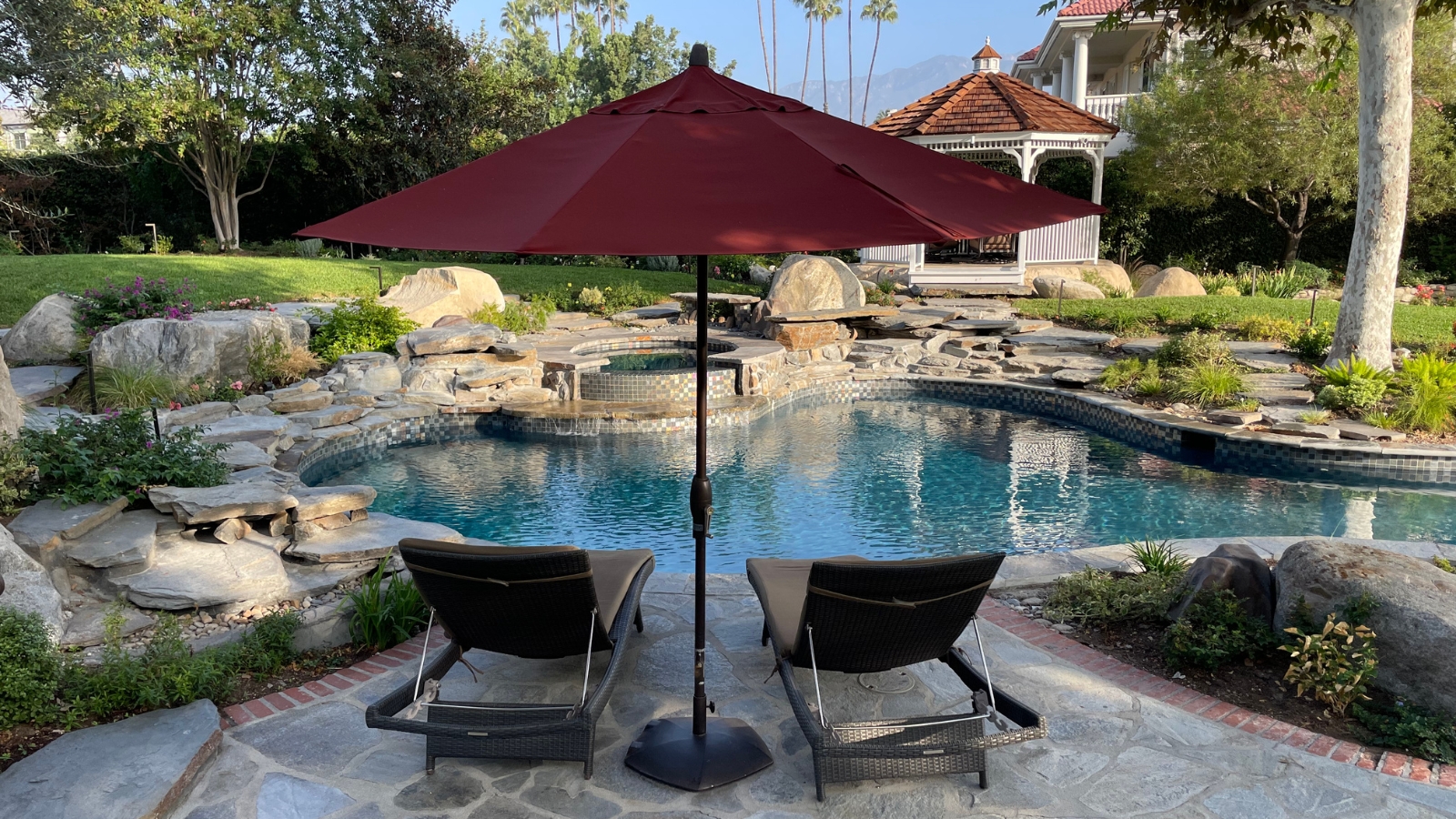
Imagine transforming your backyard into a luxurious oasis, a personal retreat where every detail reflects your unique style and enhances your home's...
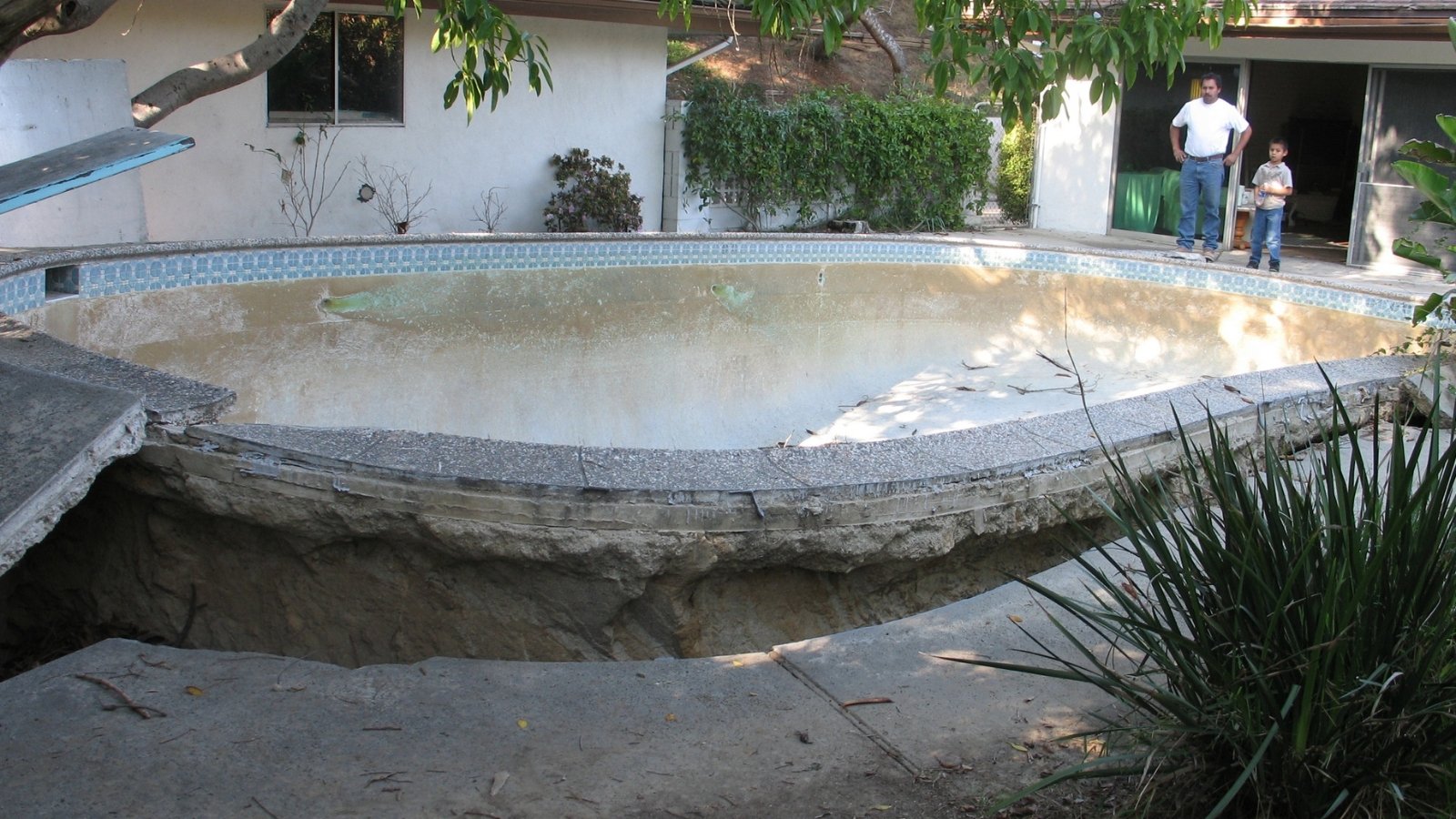
For many homeowners, whether to drain a pool is daunting, especially in the aftermath of heavy rainfall or when faced with the challenge of...